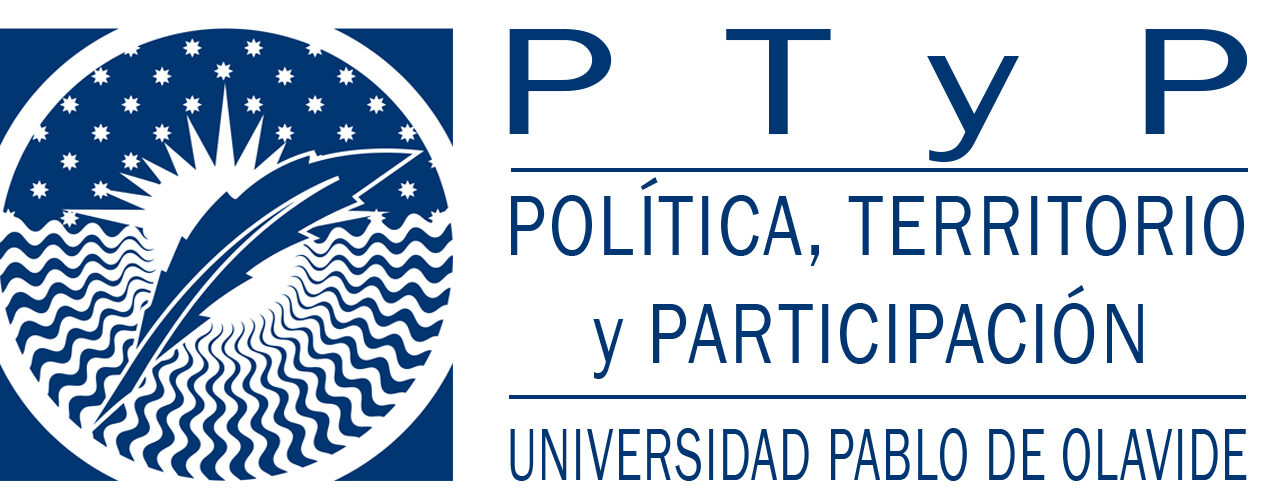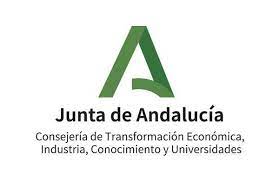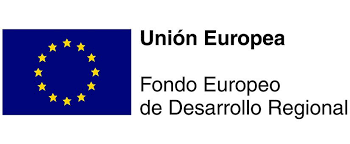Which territories contribute the most ministers to central governments? Has this distribution evolved over time? Is it based on precise, albeit unofficial, quotas? What strategies do peripheral elites implement to gain access to central power? Is there a recurrent pattern of recruitment of territorial elites in the appointment of ministers? Does the inclusion of territorial elites in a government limit intergovernmental conflict? These questions have emerged strongly in the European press since the 2000s, without political science having yet provided them with a convincing answer. This two-year project therefore focuses on the presence and influence of peripheral political elites in the state apparatus.
Methodology
Through a comparative study of ministers, judges, deputies and senior civil servants in three states (Spain, France and the United Kingdom), the aim is to identify and understand the dynamics of circulation of territorial elites within and around central institutions. This analysis is based on a mixed research design. On the one hand, the geographical origin of these elites in these three countries between the end of World War II and 2020 will be analyzed quantitatively, and on the other hand, the peripheral political networks gravitating around central governments will be studied through semi-structured interviews in order to identify these networks and their real power in certain public policy areas.
Each State selected corresponds to a form of territorial organization (unitary, autonomous, union of States) and will be analyzed on the basis of two case studies: the Corsicans and Bretons in Paris, the Catalan and Andalusian leaders in Madrid, and the Scottish and Welsh representatives in London. In this way, the aim is to improve knowledge on the importance of the territorial variable in the appointment of ministers, as well as on the dynamics of peripheral networks in the state apparatus at the international level. In addition, we will try to understand the territorial evolution of the modern state through the presence of peripheral ministers in the government and the territorial balances on which central power is based.
Results
It is expected to publish a series of articles in specialized journals such as Nationalities Papers, Ethnopolitics, Ethnic and Racial Studies, French Politics or Nations and Nationalisms. These publications will address the different constitutive dimensions of peripheral elites in the state apparatus:
- Access: how do peripheral elites reach central power?
- Presence: Where are peripheral elites located within the state apparatus?
- Integration: Are peripheral elites aware of their specificity?
- Loyalty: What is the level of loyalty of these elites: their region or their state?
- Influence: What level of power do these elites have and in which sectors?
- Phobias: Does the rise of these elites have to foster the rejection of the majority community?



 Jean-Baptiste Harguindéguy
Jean-Baptiste Harguindéguy 
